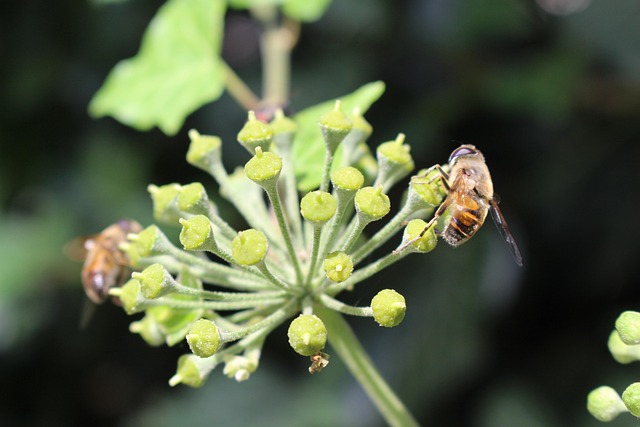In today’s fast-paced urban landscapes, where concrete and steel often overshadow nature, the concept of urban permaculture emerges as a beacon of hope and resilience. It’s more than just gardening—it’s a movement towards creating harmonious, sustainable communities where people and nature thrive side by side.
Urban permaculture invites us to rethink our relationship with the environment around us, even in tightly packed cities. By transforming small patches of land, rooftops, balconies, and shared public spaces into thriving ecosystems, communities can cultivate fresh food, reduce waste, and nurture connections that go beyond just planting seeds—they’re planting relationships and trust.
One of the most beautiful aspects of urban permaculture is its power to bring people together. It fosters a spirit of collaboration among neighbors who might otherwise remain strangers. When we work collectively to design and maintain productive green spaces, we build more than just gardens; we build community resilience and shared responsibility. These green oases become places where stories are exchanged, skills are taught, and friendships blossom.
Moreover, practicing urban permaculture in community settings enhances sustainability by incorporating natural cycles and principles of care for the earth and each other. From composting kitchen scraps to harvesting rainwater and planting pollinator-friendly gardens, every small action contributes to a greater, restorative system.
Embracing urban permaculture is about more than environmental benefits—it’s a heartfelt commitment to growing together, rooted in compassion, creativity, and a shared vision for a healthier, more sustainable future. Whether it’s through community gardens, educational workshops, or simply sharing the harvest, this approach empowers individuals to act locally while thinking globally, embodying the true essence of community sustainability.



